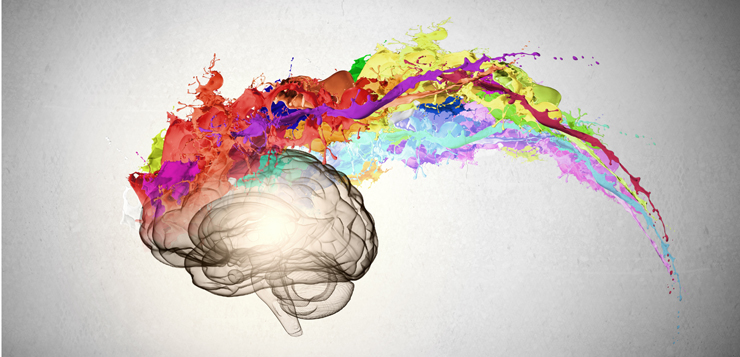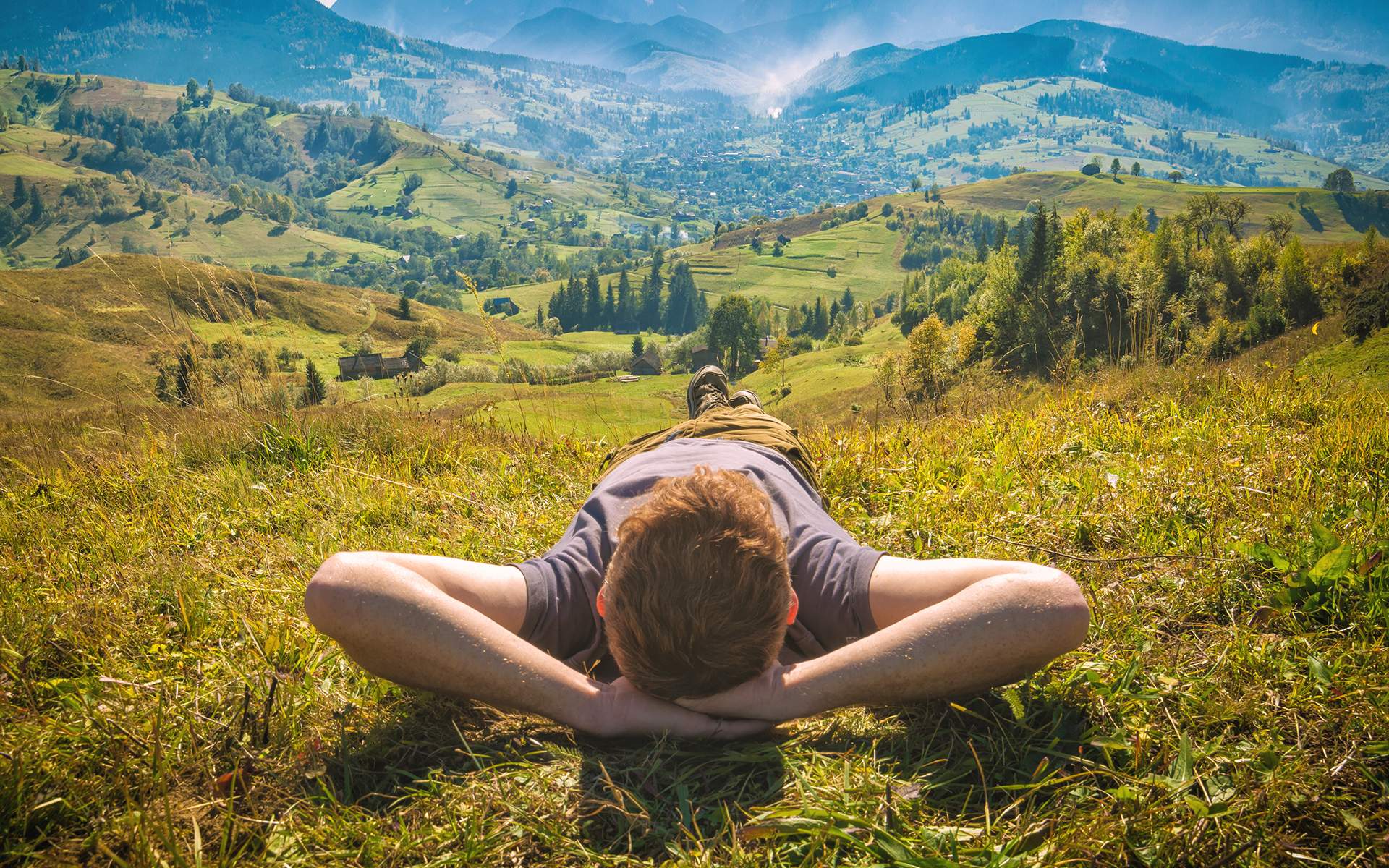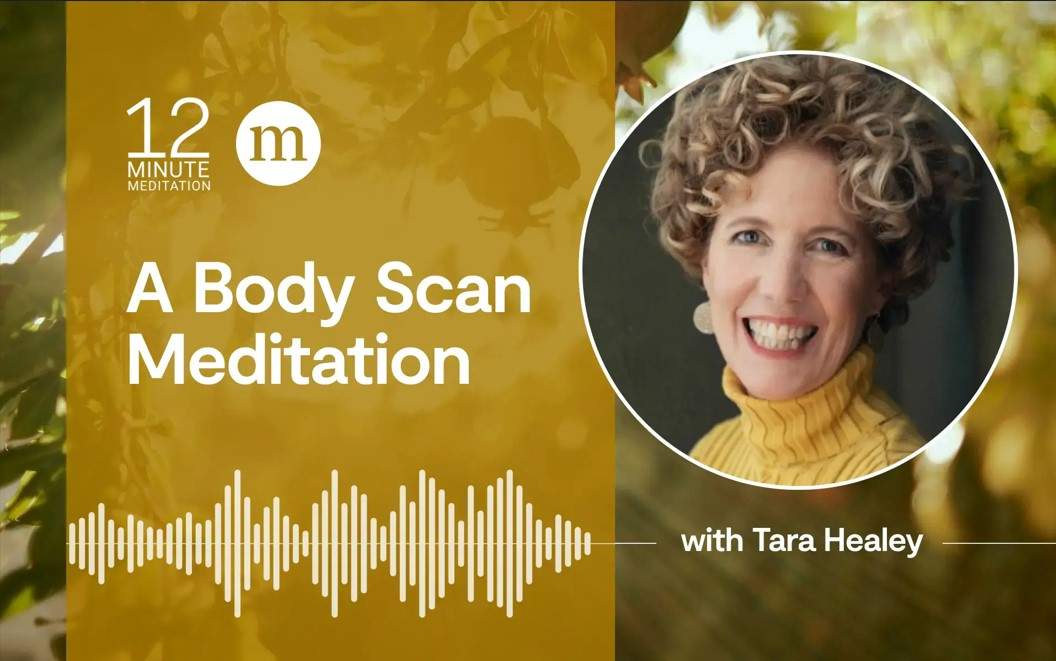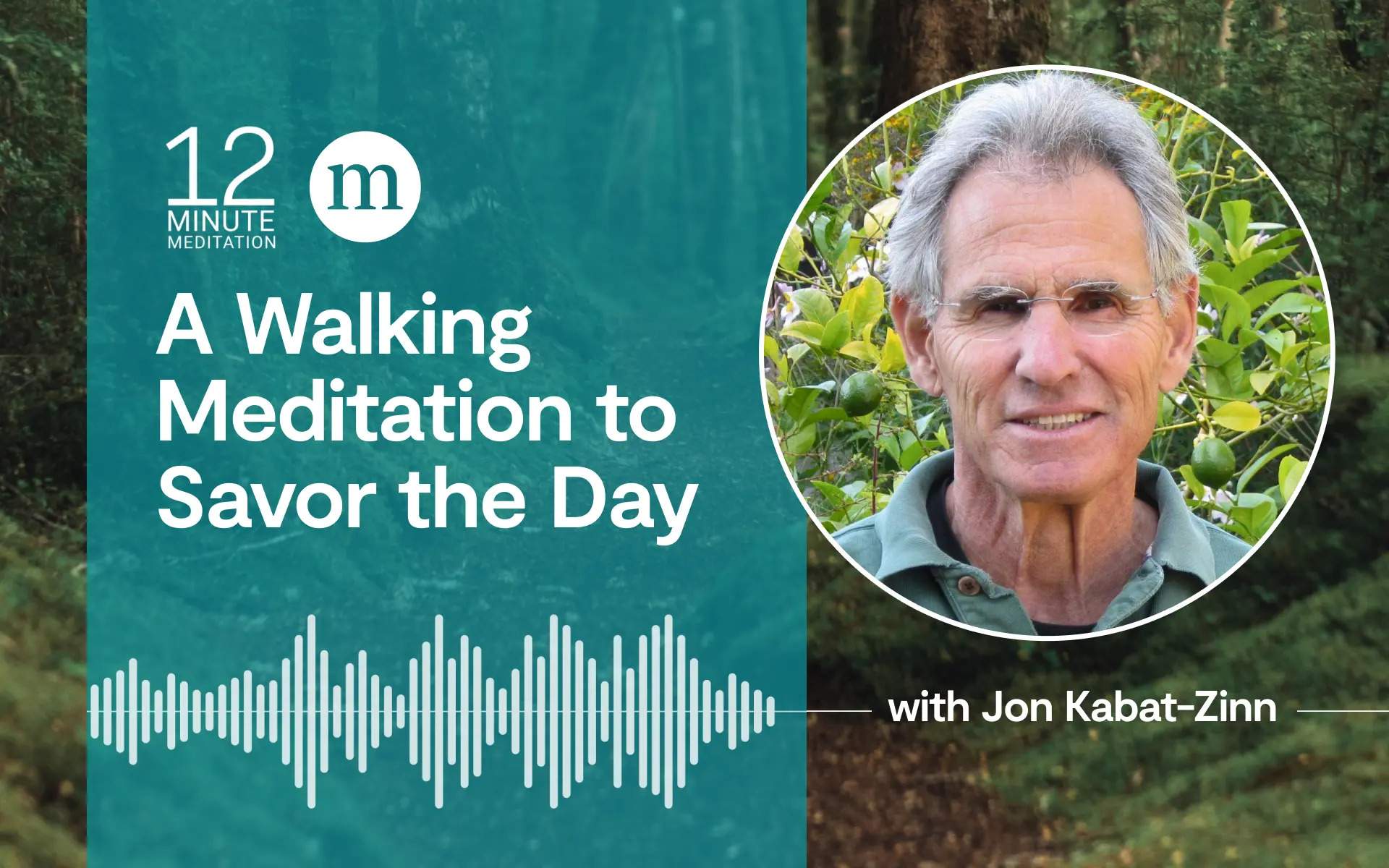When London School of Economics co-founder Graham Wallas wrote The Art of Thought in 1926, he outlined a classic framework for training our minds in the art of the creative process. More than half a century later, most scientists define creativity as “producing something new and useful”, and we have a much richer understanding of creativity’s cognitive and neural underpinnings. But what seems to remain from Wallas’s framework is this: creativity requires both freedom and constraint in our thinking.
Applied neuroscience—a fancy way of saying “how to use neuroscience knowledge in real life”—helps us understand how to practice the creative process. And it turns out, when you break down the brain processes involved in creative achievement, it becomes clear that mindfulness goes hand in hand with creativity. In fact, there are actually scientific ways to apply mindfulness to the creative process. First, let’s look at the key ingredients for the creative process.
Four Stages of the Creative Brain
The brain is like an orchestra, with different sections playing in synchrony at different times. Balance is everything—too loud, too soft, out of sync or out of tune, and it doesn’t sound quite right. The key to optimizing the creative process is balancing the brain networks.
- Preparation: First, coming up with a wide range of ideas is required, using divergent thinking—the freestyle birthing of different ideas connected to the creative task at hand. Divergent thinking relies on quieting the cognitive control network, which allows the default mode network—the brain’s virtual reality system—to roam more freely. This is the time to use the imagination, gather information and not be shy about being messy and random.
- Incubation: At some point you have as many ideas as possible, and it’s time to go offline. Sleep, surf, cook, enjoy life while the brain automatically takes care of organizing memory and sets the stage for creative insight.
- Illumination: Then, the Aha! moment comes suddenly and inexplicably. This is the true moment of creative insight when unrelated and subconscious ideas are suddenly linked together, brought to our consciousness ever so briefly by the salience network, which detects and immediately catches that small twinkle in our ocean of thoughts.
- Verification: Finally comes the reality check for our brilliant but raw insight. This last step requires convergent thinking—using less of the imagination and more of the cognitive control and attentional networks for analytical evaluation, to fine tune an idea into something both novel and useful.
How Does Mindfulness Help?
Balance between the ‘freestyle’ and ‘control’ networks is extremely important, and not just for creativity. Yes, jazz and rap improvisation involve ‘releasing control’, but in exactly the right amount and balanced with ‘self expression’ areas to produce creative results. We need our control networks, too: a total lack of frontal brain control is linked to schizophrenia, substance use, and depression.
Mindfulness practice is the key to this balance.
Meditation strengthens both the freestyle and control networks, but more importantly, it also strengthens a third network—the salience network—which maintains balance of the first two networks by deciding which is activated and when.
How to Apply Mindfulness to The Creative Process
Preparation: Mindfulness meditation boosts divergent thinking. This part involves a lot of learning. Try meditating before your brainstorming and ideation sessions so that you are less distracted, fully focused and can produce higher quality initial rough ideas.
Incubation: Mindfulness is particularly useful for this important and often underemphasised phase. Many people find it hard to go offline, relax, and stop obsessing. Even a short mindfulness meditation can calm your distracting thoughts, reduce anxiety or stress, and help you enter a truly chilled state. Maybe your great idea may even appear during meditation! The point is, don’t try to make it happen—it will occur naturally. Sleep and any form of mindful practice that doesn’t involve active thinking of the creative task is helpful. Walking meditation is great for reducing stress and anxiety that may arise when ‘doing nothing’. Relax and let the insight come naturally!
Illumination: When we practice mindfulness, we are more clear and can see our thoughts better—In other words, mindfulness increases awareness. If a brilliant insight appears in a cluttered and noisy mind, you may just miss it. So when the moment of insight comes, be sure to receive a clear signal.
Verification: In this phase, where the veil of reality is laid over your genius idea, it is important to stay focused, positive and motivated without getting defeated. Even if the first attempt doesn’t get you the results you want, each time adds to the next. Exercise and meditate during your refinement process. This promotes attention and skill during convergent thinking, for choosing the most novel and effective pathways to solution.
The creative process is a window into our cognitive tendencies—how well we are conducting the orchestra – and a chance to practice non-judgment and self-compassion, especially when things don’t turn out perfectly. Even the professionals encourage perseverance. Like this, balancing the art of the creative process also becomes a process of balancing our minds.







